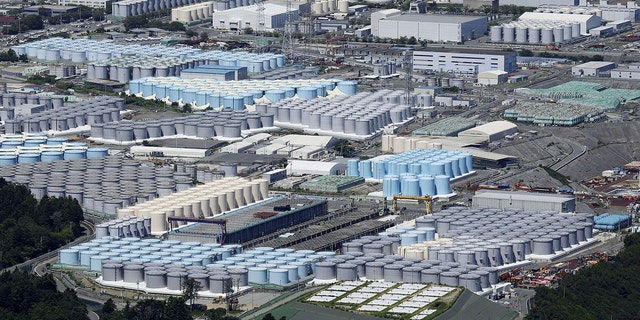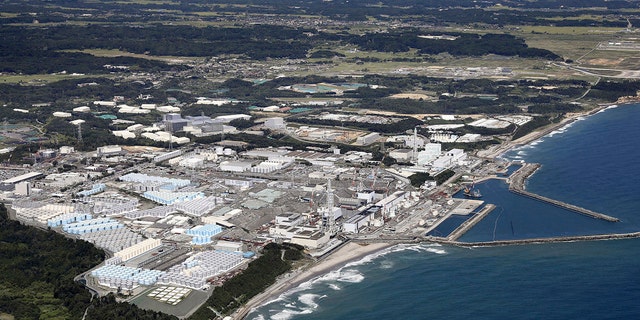China bans seafood from Japan after Fukushima nuclear plant releases nuclear wastewater into Pacific
China has banned seafood imports from Japan as the island country has started its controversial process of releasing nuclear radioactive wastewater into the Pacific Ocean, Chinese customs authorities said Thursday.
The ban started immediately and will affect all imports of “aquatic products” including seafood, China said. Authorities will “dynamically adjust relevant regulatory measures as appropriate to prevent the risks of nuclear-contaminated water discharge to the health and food safety of our country,” they added.
The decision was announced after the tsunami-wrecked Japanese Fukushima Daiichi nuclear power plant released its first batch of nuclear wastewater into the ocean.
The Japanese government and Tokyo Electric Power Company Holdings defended removing the water as necessary to make room for the plant’s decommissioning and to prevent accidental and potentially uncontrollable leaks.
JAPAN TO RELEASE FUKUSHIMA NUCLEAR WASTEWATER INTO OCEAN ON THURSDAY
Japanese Prime Minister Fumio Kishida said the release is indispensable and could not be postponed.
TEPCO said the treatment and dilution will make the wastewater fall within international standards and that its environmental impact will be negligible.
Tony Hooker, director of the Center for Radiation Research, Education, Innovation at the University of Adelaide, said the water released from the Fukushima plant is safe.
JAPAN VOWS TO SUPPORT FISHERIES DURING COUNTRY’S DECADES-LONG PROCESS OF RELEASING FUKUSHIMA NUCLEAR WASTE
“It certainly is well below the World Health Organization drinking water guidelines,” he said. “It’s safe.”

“It’s a very political issue of disposing radiation into the sea,” he continued. “I understand people’s concerns and that’s because we as scientists have not explained it in a very good way, and we need to do more education.”
Shortly after China’s announcement, TEPCO President Tomoaki Kobayakawa said his company would compensate Japanese business owners for damages suffered by seafood bans over the wastewater release.
FINAL INSPECTION BEGINS BEFORE TREATED FUKUSHIMA WASTEWATER GETS RELEASED INTO SEA
Some Japanese fishing groups opposed the plan over fear it would further damage their seafood’s reputation.
Groups in China and South Korea — both key trading partners with Japan — have also raised concerns, making it a political and diplomatic issue.

In a statement Thursday, International Atomic Energy Agency Director General Rafael Mariano Grossi said, “IAEA experts are there on the ground to serve as the eyes of the international community and ensure that the discharge is being carried out as planned consistent with IAEA safety standards.”
The United Nations agency also said it would launch a webpage to provide live data about the discharge and said it would remain on-site for the duration of the release, which is expected to continue for decades.

The water release begins more than 12 years after the March 2011 nuclear meltdowns, caused by a massive earthquake and tsunami. In 2021, the Japanese government announced plans to release the treated water to the sea.
The March 2011 earthquake and tsunami destroyed the plant’s cooling systems, causing three reactors to melt.
TEPCO plans to release 31,200 tons of the treated water by the end of March 2024.
The Associated Press contributed to this report.
Read the full article Here


